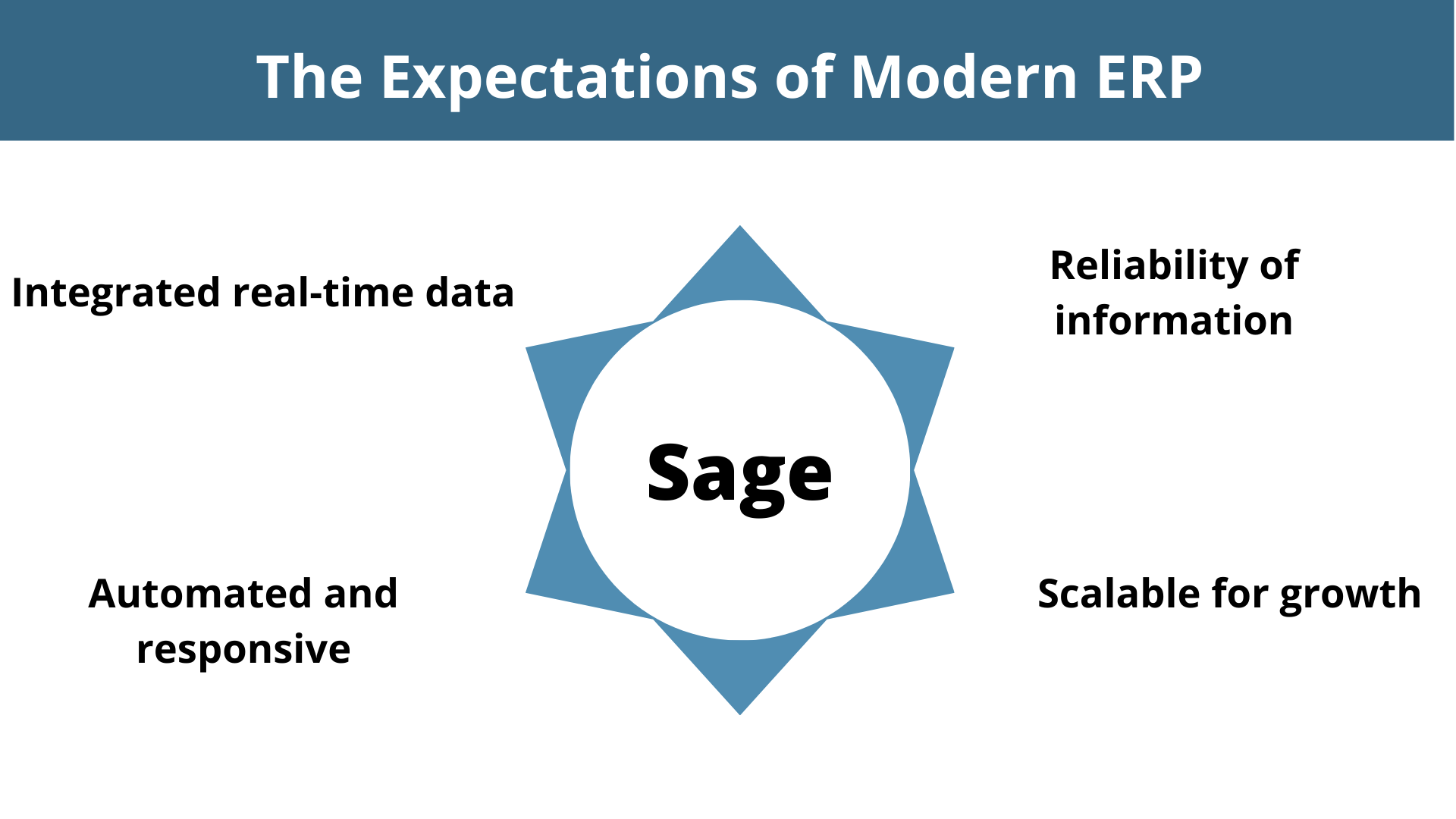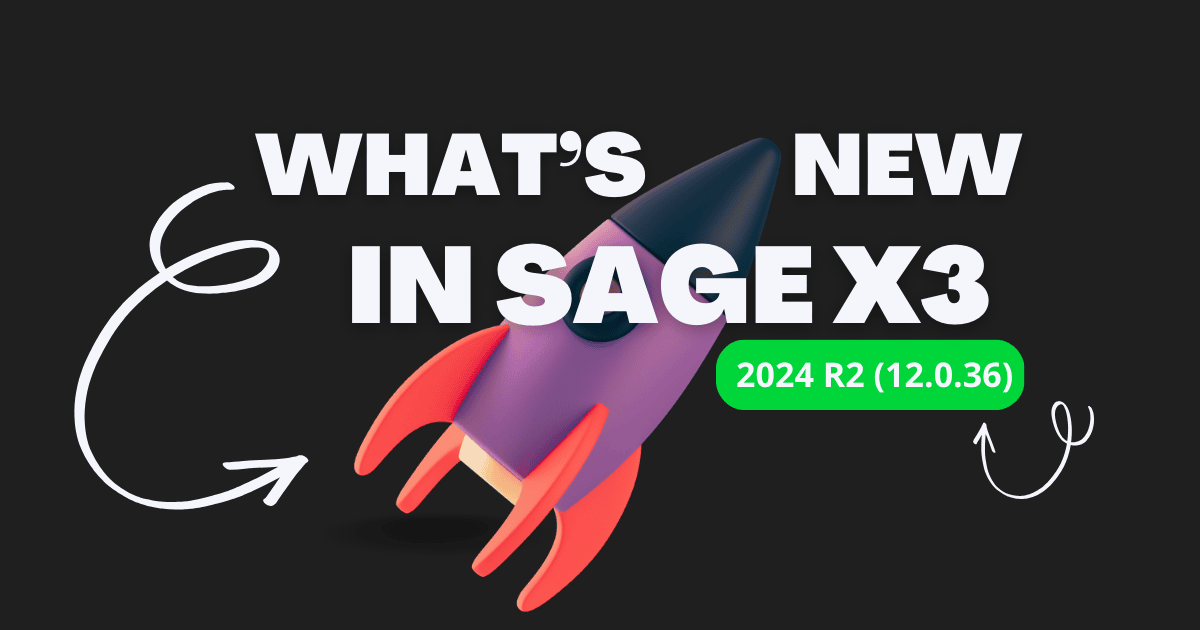Post-pandemic businesses have incurred losses due to supply chain disruptions, and poor inventory management due to the commotion at that time. Businesses have been looking for trends and technologies to find a solution to the ongoing issues with inventories. If you are one of those businesses, this blog is an insight into your problem. A data states that 75% of businesses prefer to improve their inventory operations as the current practices are not that reliable.
What is Inventory Management?
Inventory management is an important process for businesses. It involves in the processes of stocking, using and selling of company’s goods. The explanation sounds very simple, but in reality, it is a complex process in which the inventory manager has to consider numerous factors to smoothly operate its functions.
An inventory manager has the task of taking multiple factors into consideration such as whom to buy from, what to order, when to order, and how much to order. Another challenge for the inventory manager is to decide on whom to buy raw materials from- international vendors are cheaper and local vendors are costly, but they deliver the materials faster.
Seasonal variations regarding the availability of goods are essential factors to consider.
Inventory requirements have to be balanced, if the company has excess stocks stored, it has to bear the high carrying costs. It is crucial for the company to have sufficient stocks to meet the demands of the market.
So, if you want to manage inventory seamlessly, analyse types of management and come up with a unique method which helps your business perfectly. Plus, in this highly digitalised sector, relying on manual methods is hazardous for the company. Your business needs an automated system to streamline inventory management processes.
Enterprise resource planning or ERP is a fully automated system to efficiently manage inventory. Let’s discuss more about it in the blog simultaneously giving emphasis on the latest inventory trends.
Inventory management trends to watch out
Data is an integral part of inventory management. Maintaining your data hygiene cannot be done overnight with some fancy tools, it is a continuous learning exercise to do till you achieve the desired quality. So to get that quality data, here are some inventory management trends to look for and adapt to stay efficient.
Mapping out technologies for your business
We live in a heavily digitalised era where technology is vast and has huge benefits to offer. It is a requirement for the company to build a roadmap for technology as it serves as a strategic planning tool. Analyse and understand the need for a particular technology and how it will help your business to manage inventory.
Making Just in time strategies in case of crisis
An inventory crisis can occur at any time. The past years had been turmoil with the pandemic covid 19, the Ukraine war, worker strikes, inflation and natural calamities in various places. All these factors contribute to inventory crisis and supply chain disruption. Each company should plan just in time strategies to find a solution for all these issues.
Increased adoption of cloud-based technology
After all the past events, the best solution was cloud technology as it was simple to set up. The users of this technology were able to access it from anywhere and on any device. This technology is a boon to manage inventory effectively.
Cloud technology is advanced and will easily integrate with other technologies like ERP software, inventory management software, accounting software, CRM etc.
ERP system is widely used by the business and now it is also hosted in the cloud. Cloud technology offers a centralised database, so information stored won’t be stored in disparately. All the functions will be tracked and recorded in this single system.
ERP is capable of managing multiple warehouses simultaneously. It automates all the warehouse functions and closes all the rooms that cause errors and disruptions.
Benefits of inventory in the cloud
- In real-time track inventory locations and levels including the warehouses in remote locations.
- Based on the live data, predict costs.
- In a single place, manage supplier and vendor relationships.
- Data analytics helps in improving efficiencies.
Vast use of multi-warehousing
In a multi-warehousing structure, Inventory managers store goods in different warehouses located in various locations.
Multi-warehousing is an excellent approach for businesses and it is possible only with smart technology like cloud technology or inventory management software. Warehouse automation is a great way to track the information on stocks in real-time. Here are some of the benefits of multi-warehousing.
- Muti-warehousing approach is beneficial to keep the products closer to the customer destination for faster delivery.
- Cutting down on long and frequent freights cuts down expenses and impacts the environment too.
- There are number of factors affecting inventory such as restrictions, poorly managed supply chains, pandemics, natural calamities etc. With a single inventory, all these factors will have a big impact and disrupt the smooth running of this operation. Multiple warehouses can be operated normally even if there is a disaster in one place.
SMEs relying on 3 PL
Now technology helps businesses to access information instantly, so relying on third-party logistics is a boon, especially for SMEs. Technologies like cloud technology and IoT(Internet of Things) have been appealing in recent years for relying on third-party logistics.
Data sharing, real-time communication and inventory tracking have made businesses work together smoothly. For SMEs especially, it will be a relief to give the logistics task to other businesses. It is cost-effective for them. Some benefits are enumerated below.
- The main benefit of depending on 3PL is to trim costs.
- Rely on freight companies’ expertise and experience without the need of depending on yours.
Inventory Analytics
With the advent of cloud solutions, all the data is gathered in one single place. Data analytics widely uses cloud technology.
The entire supply chain is digitalised, so all the metrics are connected and managers can easily access business-critical data at any time. It has become easy to track figures like product margins by warehouse, production by location etc.
Inventory Forecasting
Smart technology like data analytics helps in rendering accurate inventory forecasts. This helps inventory managers to make better purchasing decisions. Inventory forecasts help business planners to make the right decisions for the company. It helps in understanding customer demand.
If your business requires accurate forecasts, you need to integrate smart BI(Business Intelligence) into your system. You need accurate historical data to predict the future.
Automating Warehouse
Warehouse automation is a huge boon that will improve workers’ safety. Organisations today have implemented warehouse robots, co-bots, and autonomous vehicles to increase efficiency.
Implementation of ERP or warehouse software will also automate the entire functions of the warehouse. It has enhanced location-tracking features and live capacity tracking for shelves which will keep the costs down.
Integrated omnichannel to help customers
This is a trend, where customers can purchase the product from any of the channels like social media or direct websites to purchase the product.
Customers demand the best shopping experience on the web. Now almost all companies have their businesses listed in these channels based on the expectancy of customers. It helps in improved sales. And customers expect ease of processes when making a purchase. Through these channels, you can make sales, and even extend support if the customer wants to exchange or return the order. Providing post-sales support is also crucial for a business.
Sustainable Supply Chains
Customers nowadays prefer to purchase from businesses which is sustainable. Most businesses such as about 90% of the business think that sustainability is crucial. But only 60% of the businesses have put sustainable strategies into action.
Businesses have to analyse how green their supply chain in reality is. If you want to switch to green practices, you should consider some ideas:
- Go for a fuel-efficient or electric fleet.
- Muti-warehousing closer to customer location is vital.
- Connect with third-party logistics that specialise in green logistics.
- Analyse if your company can adapt to a circular supply chain.
Also read: Importance Of Inventory Management Software For Small Businesses
Conclusion
Inventory management is essential for businesses. They must analyse and adapt to the latest trends and technology that will enhance their operations. An efficient inventory management is a boon to the business to increase productivity and growth. Go through all the inventory management trends mentioned above and choose the requirement for your business.
Sage X3
Sage X3 is an enhanced business management solution helping businesses with their daily activities. It helps to manage data by analysing, organising and storing large amounts of data. It integrates all the core functions of the business and helps it to run seamlessly helping it to increase productivity and growth. It is a highly-advanced system for businesses to stay recent and relevant in the market.
In addition to all the mentioned functions, it can be customisable based on any industry’s requirements. It is feature-rich and can be extended to integrate with any third-party technologies. Implement Sage X3 today by connecting with our consultants.
Sage Software Solutions is a leading IT company with an array of advanced ERP Software solutions. Our proprietary products — Sage X3 and Sage 300, will help you cut operational expenses, improve business productivity, increase operational efficiency, forge robust customer relationships, and strengthen associations with vendors, suppliers, and distributors.
So, if you are looking to reinforce your business fundamentals and emerge as an industry leader, then please schedule a call with one of our sales representatives.






